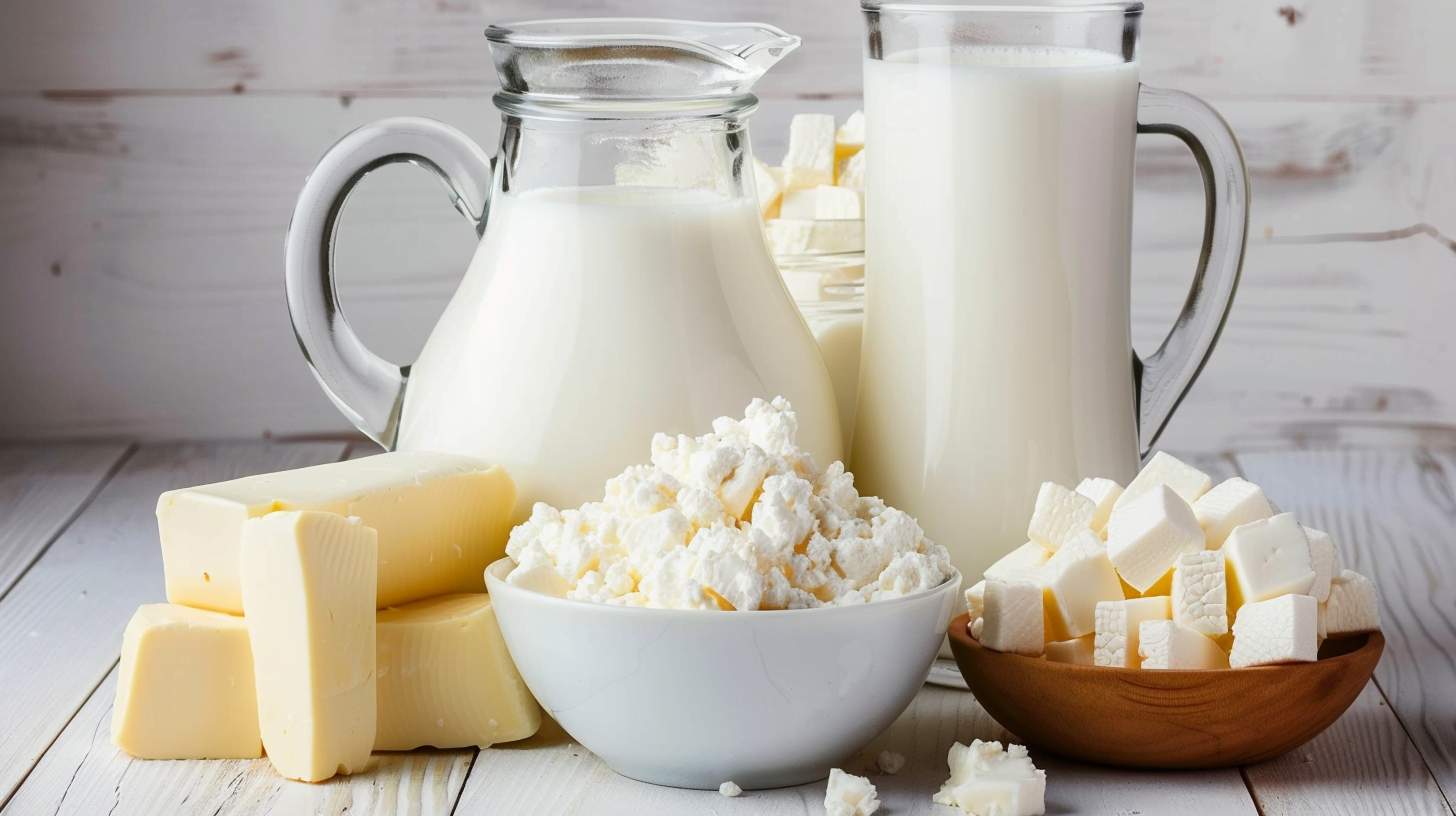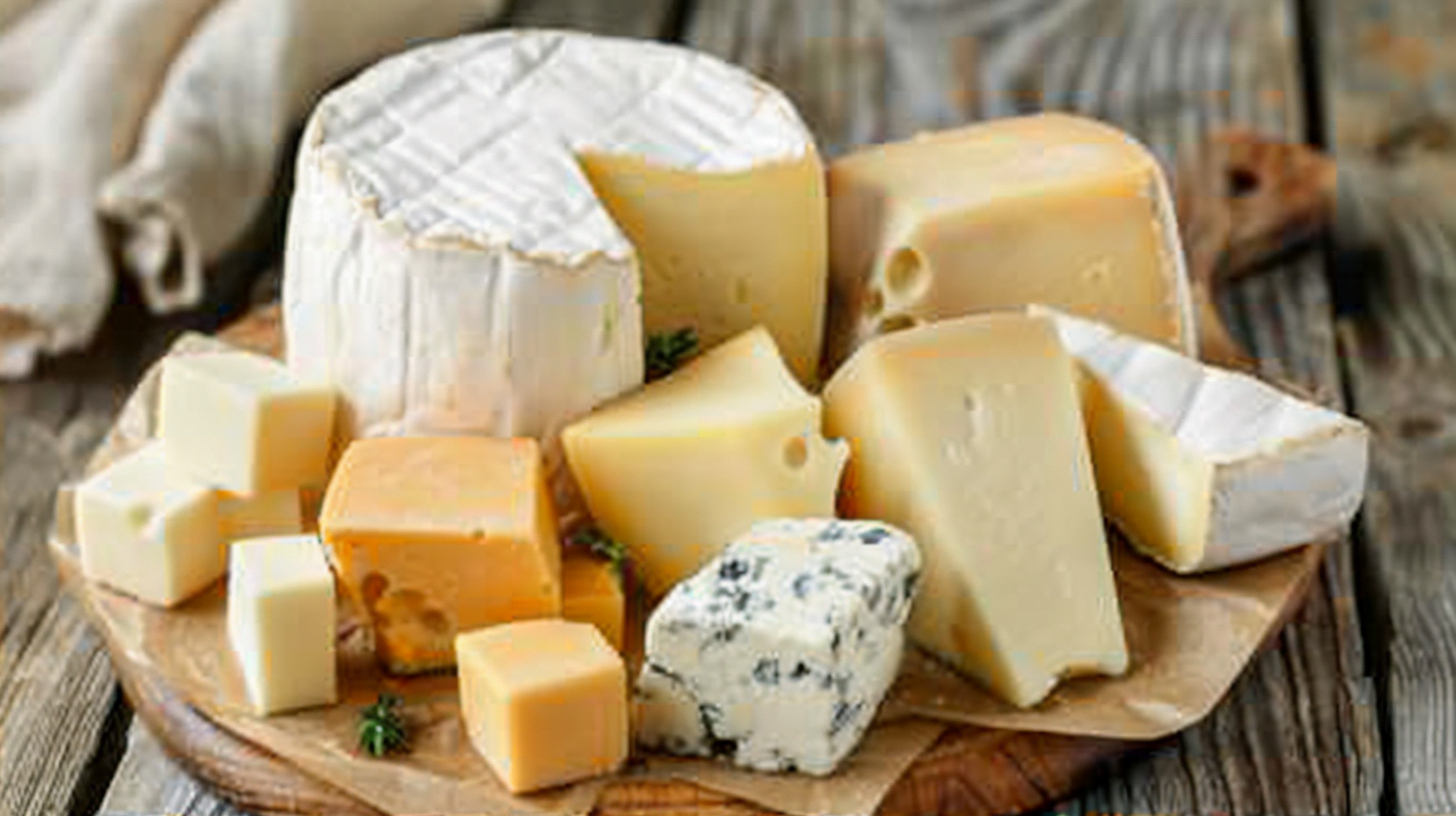Milk, a staple in many households, has a fascinating global production story to tell. This article delves into the countries that lead the world in milk production, exploring factors contributing to their success and the significance of this dairy powerhouse. Let’s find out which country produces the most milk.
Top Milk Producing Countries and Their Output
According to the latest data from the Food and Agriculture Organization (FAO), the top milk-producing countries in the world are:
| Country | Annual Milk Production (million tons) |
|---|---|
| India | 195.5 |
| United States | 99.1 |
| Pakistan | 47.8 |
| Brazil | 35.1 |
| Germany | 31.1 |
India stands out as the undisputed leader, producing a staggering 195.5 million tons of milk annually. This remarkable output can be attributed to the country’s vast dairy herd, comprising over 300 million cattle and buffaloes, and its well-established dairy cooperatives, such as Amul and Mother Dairy. The United States follows closely, with an impressive 99.1 million tons, driven by its highly productive and technologically advanced dairy industry.
Pakistan, Brazil, and Germany round out the top five, each contributing significantly to the global milk supply. Pakistan’s dairy sector is deeply rooted in its agricultural traditions, with small-scale dairy farming playing a vital role in rural livelihoods. Brazil, on the other hand, has witnessed a surge in milk production due to its favorable climate, abundant grazing lands, and growing domestic demand for dairy products.
Germany’s position as a top milk producer can be attributed to its highly efficient and technologically advanced dairy farming practices, as well as its strong export market for dairy products within the European Union.
Factors Driving High Milk Production
Several key factors contribute to the success of these top milk-producing nations:
- Climate and Geography: Many of these countries have vast areas with favorable climatic conditions and ample grazing lands, ideal for dairy farming. For instance, India’s diverse climatic zones, ranging from tropical to temperate, provide suitable environments for various dairy cattle breeds.
- Advanced Dairy Farming Practices: The adoption of modern technologies, such as automated milking systems, precision feeding, and genetic improvement programs, has significantly boosted milk yields. The United States and Germany are at the forefront of implementing these cutting-edge practices, enabling their dairy farmers to maximize efficiency and productivity.
- Government Policies and Subsidies: Supportive government policies, including subsidies, tax incentives, and research funding, have played a crucial role in strengthening the dairy industry. In India, the government’s initiatives, such as the National Dairy Development Board (NDDB), have been instrumental in promoting cooperative dairy farming and ensuring fair prices for milk producers.
- Strong Domestic and Export Demand: A growing population and rising incomes have fueled domestic demand for dairy products, while export opportunities have further driven milk production. Brazil, for instance, has capitalized on the increasing global demand for dairy products, particularly from emerging markets.
The Dairy Farming Landscape in Leading Producers
The dairy farming practices in these top-producing countries are diverse and constantly evolving. Here’s a glimpse into their operations:
- Prevalent Dairy Cattle Breeds: Holstein Friesian, Jersey, and crossbreeds are commonly used for their high milk yield and adaptability to various environments. In India, indigenous breeds like Gir, Sahiwal, and Red Sindhi are also widely reared for their resilience and suitability to local conditions.
- Feeding and Management Practices: Balanced rations, including high-quality forages, grains, and supplements, are provided to ensure optimal milk production. Strict biosecurity measures and animal welfare standards are also implemented. For example, the United States has stringent regulations regarding the use of antibiotics and growth hormones in dairy cattle.
- Role of Cooperatives and Large-scale Dairy Operations: Cooperatives play a significant role in many countries, facilitating milk collection, processing, and marketing. India’s cooperative model, spearheaded by Amul, has been widely acclaimed for empowering small-scale dairy farmers. Large-scale dairy operations, often vertically integrated, have also emerged, leveraging economies of scale. In the United States, large dairy farms with thousands of cows are common, utilizing advanced technologies and efficient management practices.
Challenges Faced by Top Milk Producers
Despite their success, these leading milk producers face several challenges:
- Environmental Concerns: Dairy farming contributes to greenhouse gas emissions, water usage, and land degradation, prompting calls for sustainable practices. The Netherlands, for instance, has implemented measures to reduce the environmental impact of its dairy industry, such as manure management and renewable energy initiatives.
- Disease Outbreaks: Diseases like foot-and-mouth disease and mastitis can severely impact milk production and require stringent biosecurity measures. In 2001, the United Kingdom experienced a devastating foot-and-mouth disease outbreak, leading to the culling of millions of livestock and significant economic losses.
- Fluctuating Milk Prices: Volatile milk prices, influenced by global supply and demand dynamics, can strain dairy farmers’ profitability. In 2016, the European Union faced a milk crisis due to oversupply and falling prices, prompting interventions to support dairy farmers.

Global Milk Consumption Trends
As milk production soars, global consumption patterns are also evolving:
- Per Capita Milk Consumption: While consumption varies across regions, countries like Finland (828 kg per capita), Sweden (782 kg per capita), and the Netherlands (753 kg per capita) have the highest per capita milk consumption rates, reflecting their strong dairy traditions and dietary preferences.
- Changing Dietary Preferences: The rise of plant-based diets and dairy alternatives has impacted milk consumption in some markets, particularly in developed countries. In the United States, for example, the consumption of plant-based milk alternatives has been steadily increasing, driven by health concerns, ethical considerations, and environmental awareness.
- Nutritional Importance: In many developing nations, milk remains a crucial source of essential nutrients, such as protein, calcium, and vitamins, highlighting its importance in addressing malnutrition and food security. In countries like Pakistan and India, where a significant portion of the population is vegetarian or has limited access to other protein sources, milk plays a vital role in ensuring adequate nutrition.
Innovations and Sustainability in the Dairy Industry
To meet the growing demand for milk while minimizing environmental impact, the dairy industry is embracing innovations and sustainable practices:
- Advancements in Breeding and Feeding Technologies: Genetic selection techniques, such as genomic selection, are being used to breed cattle with improved milk production traits, feed efficiency, and disease resistance. Precision feeding systems, which tailor rations to individual cows’ needs, are also gaining traction, reducing feed waste and optimizing milk output.
- Precision Dairy Farming: The use of sensors, data analytics, and automation is enabling more informed decision-making and optimized resource utilization. For instance, wearable sensors can monitor a cow’s health, activity levels, and milk production, allowing farmers to make timely interventions and improve overall herd management.
- Initiatives for Reducing Environmental Footprint: Practices like manure management, renewable energy adoption, and carbon sequestration are being implemented to mitigate the industry’s environmental impact. The Netherlands, for example, has implemented a national program to reduce greenhouse gas emissions from dairy farms through measures such as anaerobic digestion of manure and the use of energy-efficient technologies.
The Future of Milk Production
As the global population continues to grow, the demand for milk and dairy products is projected to rise steadily. Here’s what the future may hold:
- Projections for Global Milk Demand and Production: According to the FAO, global milk production is expected to increase by 1.6% annually, reaching 1.03 billion tons by 2030. This growth will be driven by rising incomes, urbanization, and changing dietary preferences, particularly in developing countries.
- Emerging Dairy Powerhouses: Countries like China, Turkey, and Argentina are rapidly expanding their dairy sectors, potentially reshaping the global milk production landscape. China, for instance, has implemented policies to boost domestic milk production and reduce its reliance on imports, aiming to become self-sufficient in dairy products.
- Challenges and Opportunities: Meeting the world’s dairy needs sustainably will require addressing issues like climate change, resource scarcity, and animal welfare, while leveraging technological advancements and responsible farming practices. Innovative solutions, such as alternative protein sources, precision livestock farming, and regenerative agriculture, may play a crucial role in ensuring a sustainable and resilient dairy industry.
Summary
In conclusion, the top milk-producing countries have demonstrated remarkable prowess in meeting the global demand for this essential dairy product. However, as we look to the future, responsible and sustainable milk production practices will be crucial to ensure a secure and environmentally friendly supply of this nutritious staple. By supporting ethical dairy farming, exploring local dairy farms, and embracing innovative solutions, we can contribute to a more sustainable and equitable dairy industry that meets the needs of a growing global population while minimizing its environmental impact.



